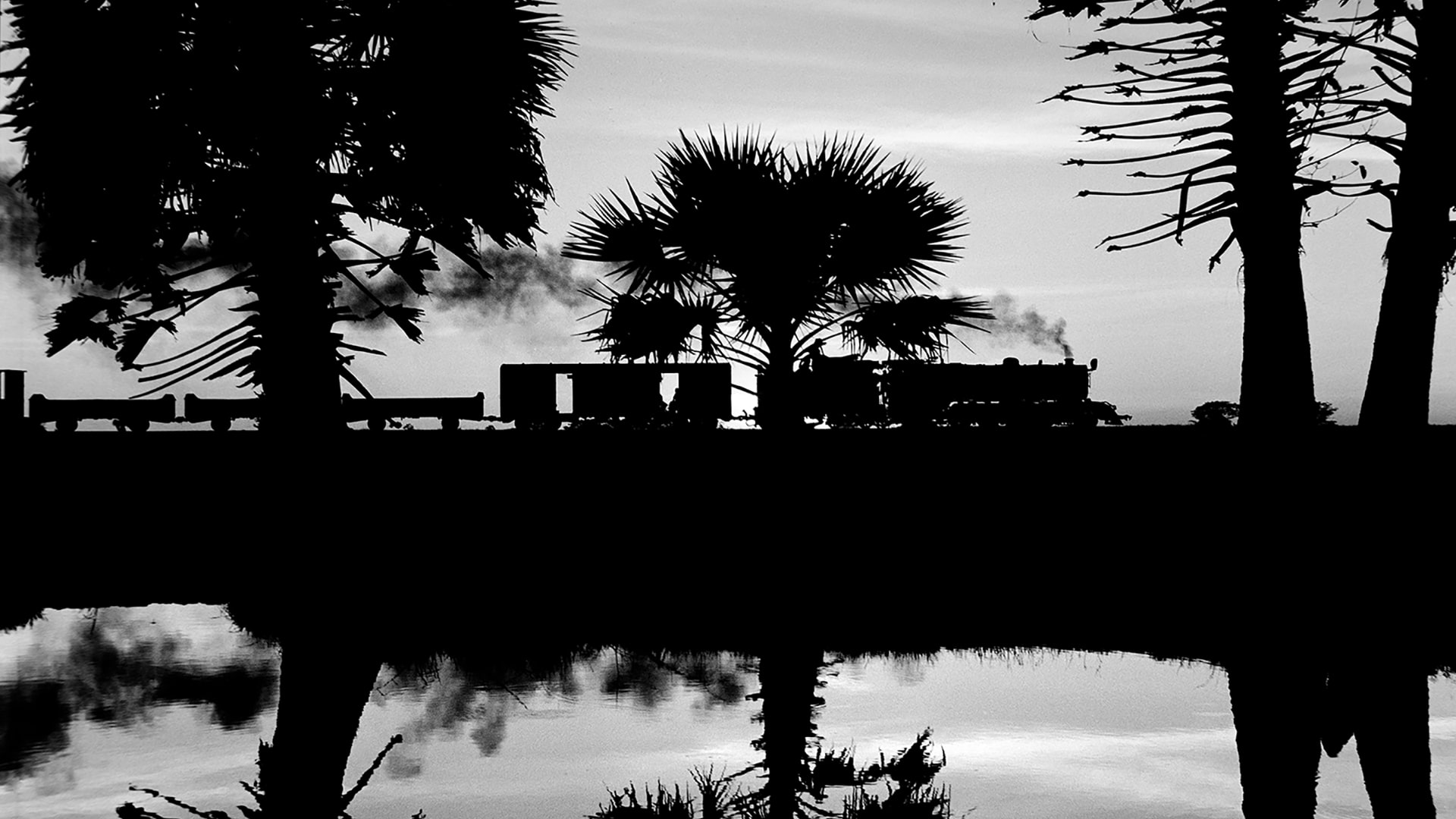The Italian photographer Pietro Pietromarchi has traveled the world — from Eritrea to Sri Lanka, to the Carpathians, Patagonia, and Zimbabwe, and to the ends of the Gobi Desert — to capture the last breaths of a beast on the verge of extinction: steam engines.

You’re getting blind.
Don’t miss the best of visual arts. Subscribe for $9 per month or $108 $90 per year.
Already suscribed ?
Read More: The Raw Poetry of an American Road Trip


